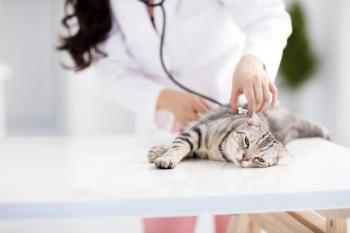
A systematic, streamlined examination style that uses minimal touch to maximize data while minimizing stress.

A systematic, streamlined examination style that uses minimal touch to maximize data while minimizing stress.

On this episode of The Vet Blast Podcast, veterinary dentist Jan Bellows talks with Dr. Adam Christman about the different classifications of tooth resorption, plus offers various treatment approaches.

Check out this week’s top headlines.
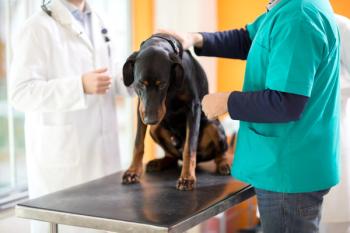
Stelfonta provides an additional treatment option for local mast cell tumors on or under the skin in canine patients.
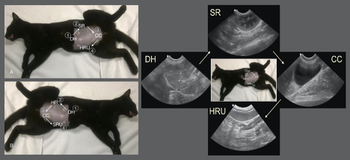
Proper use of focused assessment with sonography for trauma, triage, and tracking (monitoring) allows clinicians to evaluate both obvious soft-tissue abnormalities and ascites in the abdomen.

These 1-hour events will address a wide array of veterinary topics including owner compliance, pet insurance, oncology, and telemedicine.

The simple blood test employs technology that looks for very early nucleosomic markers of cancer in dogs.

This diagnostic tool can provide a wealth of information about the structure and function of the respiratory tract.

Elura increases appetite and weight gain in cats suffering from chronic kidney disease.

Understanding the nuances of modern pain management can help you identify targeted treatments for your patients.

The outbreak of SARS-CoV-2 on the mink farms was first identified on April 23 and April 25.
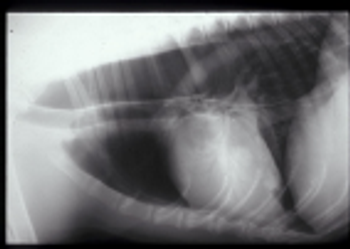
Esophageal diseases are an important cause of dysmotility and regurgitation in dogs and cats. Here’s what you should know about these disorders.

Pet owners have to employ coping strategies to buffer them through the trauma of euthanizing their pets. A new study reveals—on a grand scale—how they seek comfort.
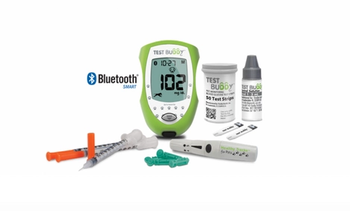
When you make it as easy as possible, owners of pets with diabetes are more likely to comply with at-home blood glucose monitoring recommendations. (Sponsored by Trividia Health Inc)

The age-old practices of acupuncture and herbal medicine can work well with modern medicine to improve your patients’ health. Here are the basics.
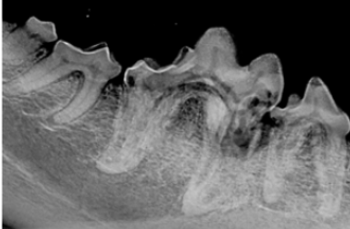
Understanding how tooth resorption is diagnosed and classified enables you to provide better patient care and to increase patient comfort.
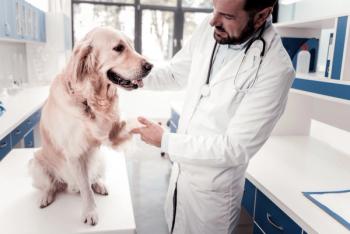
There’s no single way to practice veterinary medicine or perform orthopedic exams, but these tips will serve you well in your quest to achieve the best possible patient outcomes.
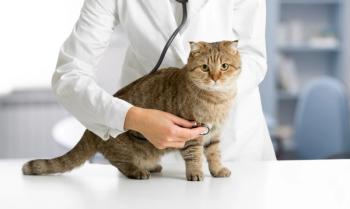
Does your feline exam need a tune-up? Here are some handy tips for improving your process, your findings, and the patient and staff experience.

Problematic behavior in cats often can be traced to something more than just being naughty. Before offering clients recommendations to curtail the behavior, consider these potential factors.

The prevalence of poison exposure in companion animals remains higher than ever. Make sure you know how typical toxins are treated.

When veterinarians and veterinary teams work as a cohesive team, workflow is smoother and patient and client care improves.

Check our site throughout the week for coverage of our second Fetch dvm360 virtual conference.
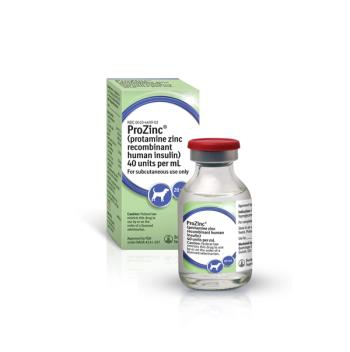
One injection a day can help to manage the clinical signs of canine diabetes for 18 to 24 hours.

Check out this week's top headlines.

Early detection of disease is key to maximizing an older dog’s quality of life. Teaching owners about common ailments can help these ptients get appropriate treatment sooner rather than later.
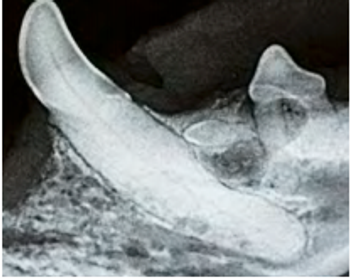
Most of the tooth is located below the gumline and out of view. Intraoral radiography can yield invaluable diagnostic information about your patients’ oral health.

A look at the causes of and diagnostic best practices for this ubiquitous and often vexing condition.
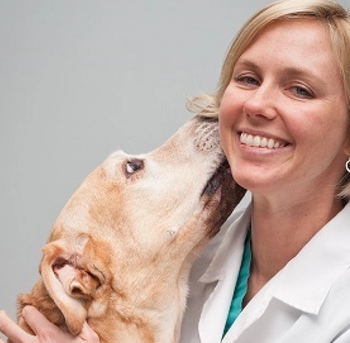
On this episode of The Vet Blast Podcast, Adam Christman, DVM, MBA, is joined by small animal surgeon and rehabilitation specialist, Kristin Kirkby Shaw, DVM, MS, PhD, CCRT, DACVS, DACVSMR, who discusses the rise in canine rehabilitation and her new resource for managing canine arthritis.

To correct this frustrating behavior, veterinary teams need to work closely with clients to forge a comprehensive management strategy. Here’s how.
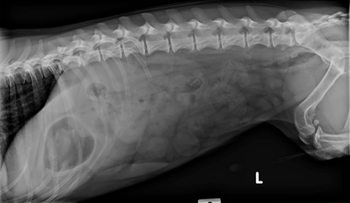
Most practitioners can confirm that the canine palate includes far more than kibble. Use these tips to make removing linear foreign bodies a little easier.